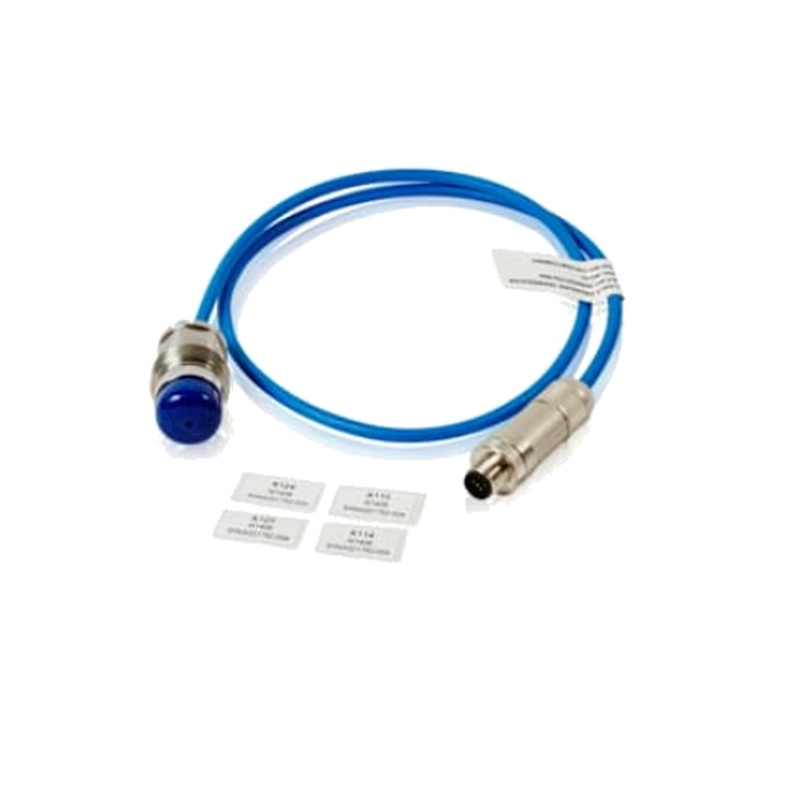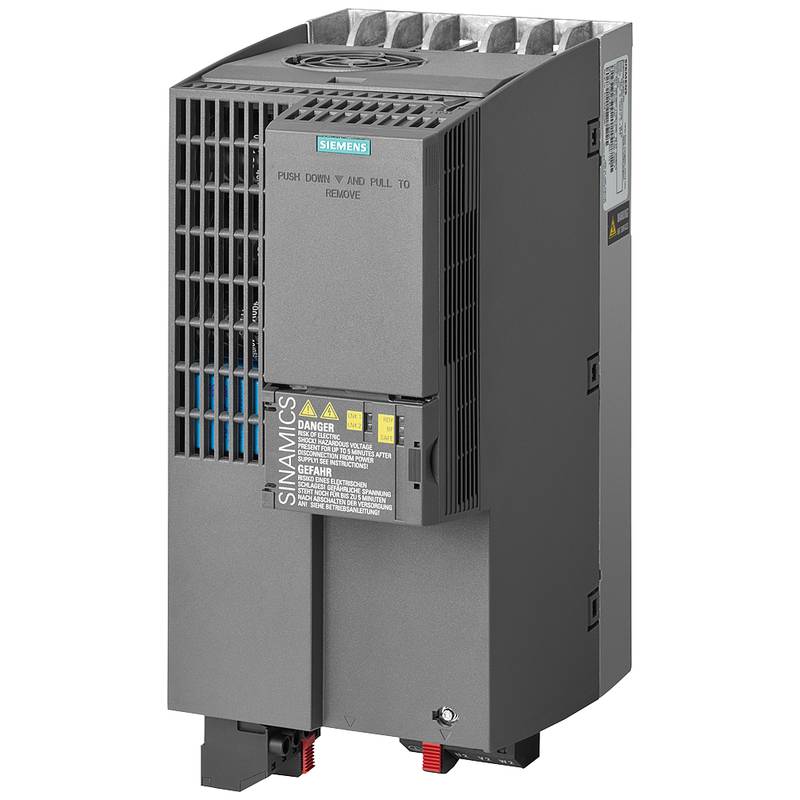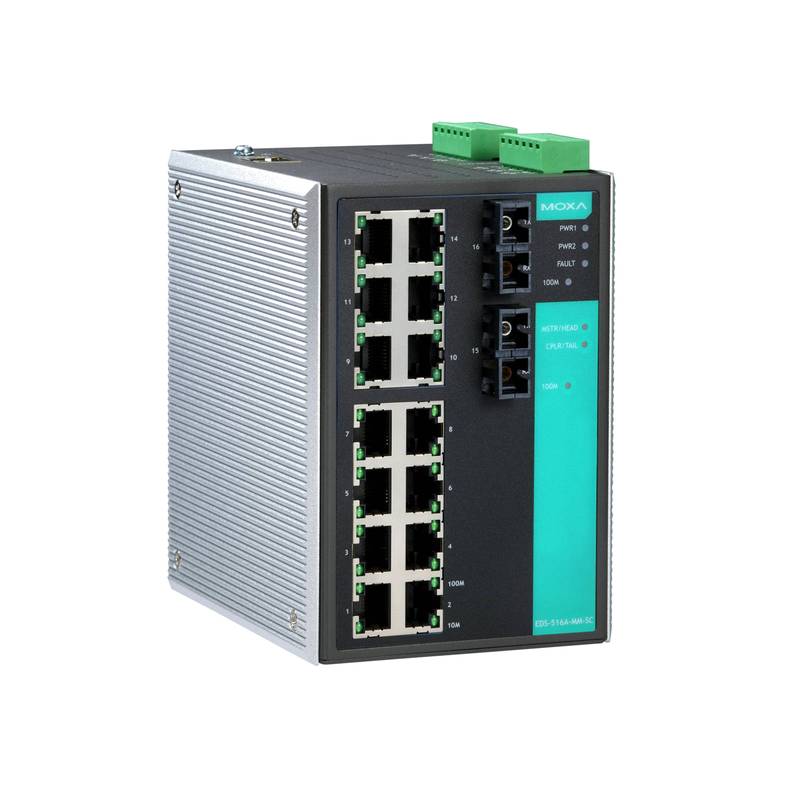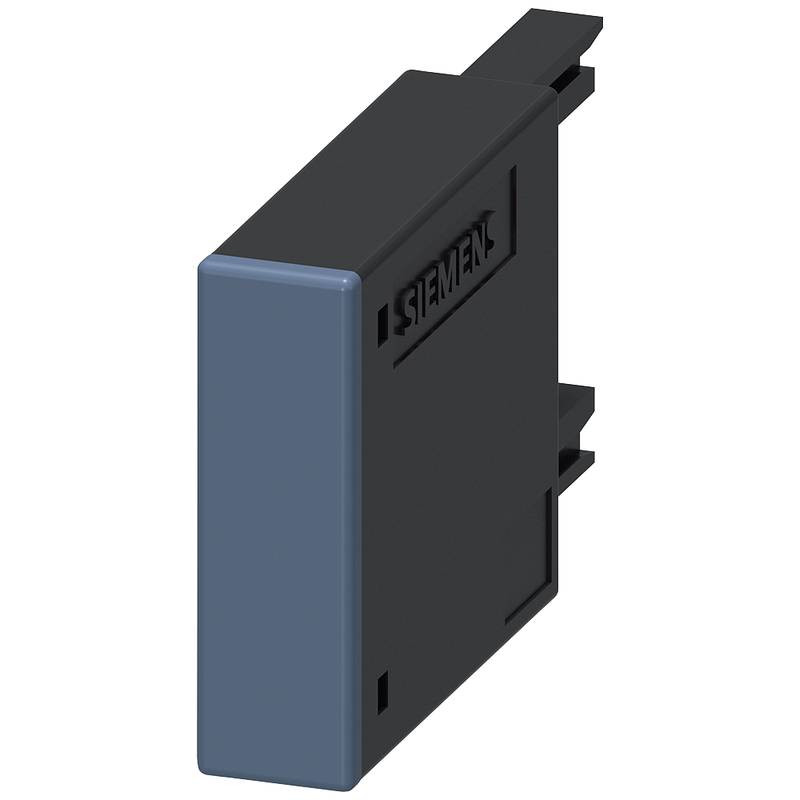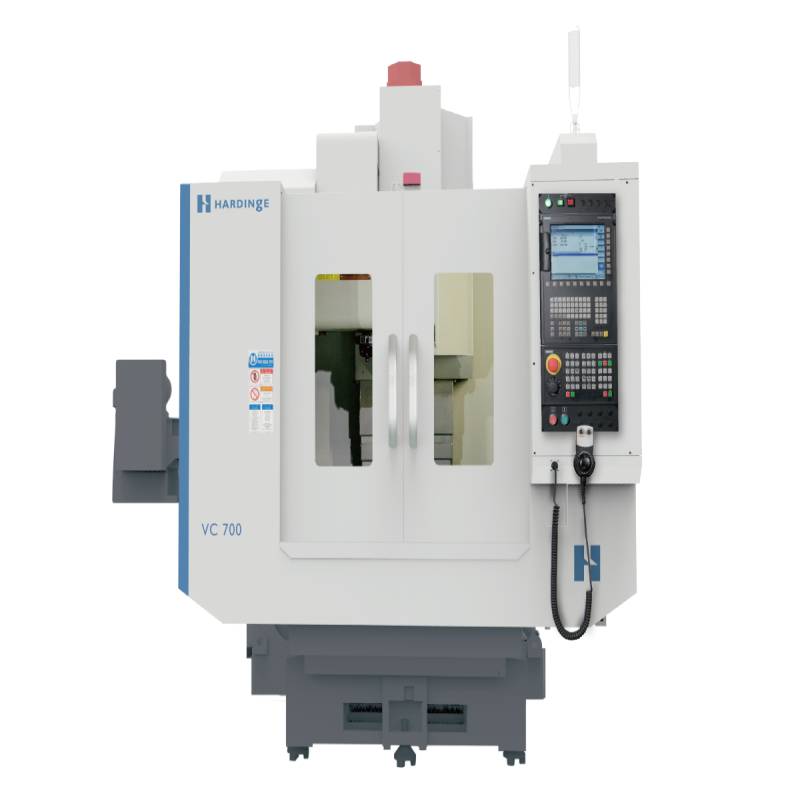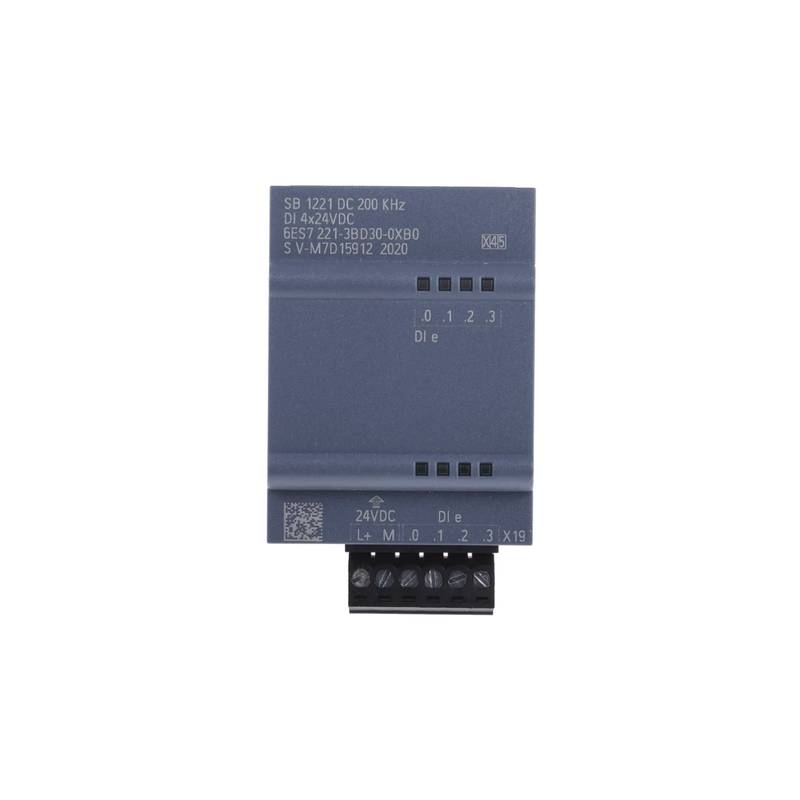
The ABB 3HNA021752-004 is a critical connecting cable designed for ABB robot pressure sensors, ensuring reliable data transmission and operational integrity in demanding industrial environments. This high-quality cable offers superior durability, precise signal integrity, and seamless integration with ABB's advanced robotics ecosystem. Its robust construction is engineered to withstand harsh conditions, making it an indispensable component for applications requiring accurate pressure monitoring. Key technical parameters include its specific connector types, cable length, shielding capabilities, and environmental resistance ratings, all of which contribute to its high performance and longevity.
Product Specifications
| Specification | Value |
| :-------------------- | :--------------------------------------------- |
| Product Number | 3HNA021752-004 |
| Product Type | Pressure Sensor Connecting Cable |
| Compatibility | ABB Robots and Pressure Sensors |
| Cable Length | Varies based on specific configuration (consult ABB documentation) |
| Connector Type | Specific to ABB robot and sensor interfaces |
| Environmental Rating | Designed for industrial environments |
| Material | High-grade, durable materials |
Core Features & Market Positioning
The ABB 3HNA021752-004 stands out due to its specialized design for ABB's proprietary robotic systems, guaranteeing plug-and-play compatibility and optimal performance. Unlike generic cables, this component is engineered to meet the stringent demands of robotic automation, offering exceptional signal fidelity that is crucial for precise control and safety in high-cycle applications. Its robust construction, often featuring reinforced shielding and industrial-grade insulation, positions it as a premium solution for minimizing downtime and ensuring consistent operation in sectors such as automotive manufacturing, logistics, and material handling where reliability is paramount. The cable's integration within the ABB ecosystem also means it benefits from the manufacturer's extensive testing and quality assurance protocols, providing users with confidence in its long-term performance.
Key Application Scenarios
This pressure sensor connecting cable is integral to numerous industrial automation processes where precise pressure monitoring is essential. It finds widespread use in applications such as robotic welding, where accurate control of pneumatic systems is vital for weld quality and consistency. In assembly lines, it enables robots to monitor and adjust gripping forces, preventing damage to delicate components and ensuring secure handling. Furthermore, it plays a crucial role in material handling robots, facilitating the management of pneumatic actuators for grippers and manipulators, optimizing payload management and operational efficiency across various manufacturing and logistics environments.
Practical System Integration Guidance
Integrating the ABB 3HNA021752-004 pressure sensor connecting cable into an ABB robot system is a straightforward process designed for efficiency on the factory floor. The cable features specific connectors that are keyed and color-coded to ensure correct orientation and prevent misconnections with the robot controller's I/O modules and the pressure sensor itself. Users should verify that the selected cable length is adequate for the robot's reach and operational envelope, ensuring it does not become snagged or strained during movement. Once physically connected, the robot's control software typically recognizes the connected sensor automatically or through a simple configuration step within the teach pendant, allowing for immediate data acquisition and utilization within the robot program.
Operation and Risk Mitigation
Proper operation of the ABB 3HNA021752-004 cable is crucial for maintaining system integrity and preventing operational hazards. Users must ensure the cable is routed to avoid excessive bending, twisting, or exposure to abrasive surfaces, which can lead to internal wire damage or insulation breakdown. Regular visual inspections for signs of wear, such as cuts, abrasions, or connector damage, are recommended. In the event of a fault indicated by the robot's diagnostic system, particularly relating to pressure sensor readings, immediate investigation is warranted. Common troubleshooting steps include checking for secure connections at both ends, verifying cable continuity using a multimeter if safely accessible, and ensuring the pressure sensor itself is functioning correctly before suspecting the connecting cable.
Scalability & Long-Term Value
The ABB 3HNA021752-004 cable is designed with scalability and long-term value in mind, fitting seamlessly into evolving industrial automation strategies. Its compatibility with a broad range of ABB robot models and pressure sensors ensures that it can be integrated into existing infrastructure and easily adapted for future upgrades or expansions of robotic cells. This backward and forward compatibility minimizes the need for costly system overhauls when adopting new robot generations or incorporating advanced sensing capabilities. Furthermore, as part of the ABB ecosystem, the cable supports integration with Industrial Internet of Things (IIoT) platforms, enabling enhanced data analytics, predictive maintenance, and remote monitoring, thereby maximizing the return on investment and future-proofing the automation solution.
FAQs
What is the primary function of the ABB 3HNA021752-004 cable?
This cable serves as the vital link between ABB robot controllers and their associated pressure sensors. It ensures accurate and reliable transmission of pressure data. Its robust design prevents signal degradation.
Where is the ABB 3HNA021752-004 cable typically used in industrial settings?
It is used in robotic applications requiring precise pressure monitoring, such as assembly, welding, and material handling. This ensures optimal grip forces and pneumatic control. It supports critical automation tasks.
What are the key advantages of using the ABB 3HNA021752-004 cable?
Its main advantage is guaranteed compatibility and optimal performance within ABB robotic systems. It offers high durability for harsh industrial environments. This minimizes downtime and ensures operational reliability.
How does the 3HNA021752-004 cable ensure signal integrity for pressure sensors?
The cable features high-quality shielding and conductor materials. This protects against electromagnetic interference and noise. It ensures accurate pressure readings for robot control.
Can this cable be used with non-ABB pressure sensors or robot controllers?
This cable is specifically designed and optimized for ABB robots and pressure sensors. Using it with other brands may lead to incompatibility issues. It ensures seamless integration within the ABB ecosystem.
What technical specifications should I consider when selecting this ABB pressure sensor cable?
Consider connector types, cable length, and environmental ratings. Ensure compatibility with your specific robot model and sensor. Verify its suitability for your operating conditions.
How do I connect the ABB 3HNA021752-004 cable to an ABB robot?
Connectors are typically keyed and color-coded for easy, error-free installation. Ensure secure mating with the robot controller and the pressure sensor. Consult the robot's manual for specific port identification.
What are common troubleshooting steps if the pressure sensor is not communicating?
First, check for secure physical connections at both ends. Inspect the cable for any visible damage. Then, verify sensor functionality and robot controller configuration.
What is the expected lifespan of the ABB 3HNA021752-004 cable in an industrial environment?
Its lifespan depends on operating conditions and maintenance. With proper installation and care, it is designed for extended use in demanding applications. Regular inspections are recommended.
Does the ABB 3HNA021752-004 cable support integration with IIoT or Industry 4.0 solutions?
As part of the ABB ecosystem, it facilitates data transmission for IIoT platforms. This enables enhanced monitoring, analytics, and predictive maintenance capabilities. It supports advanced automation strategies.














